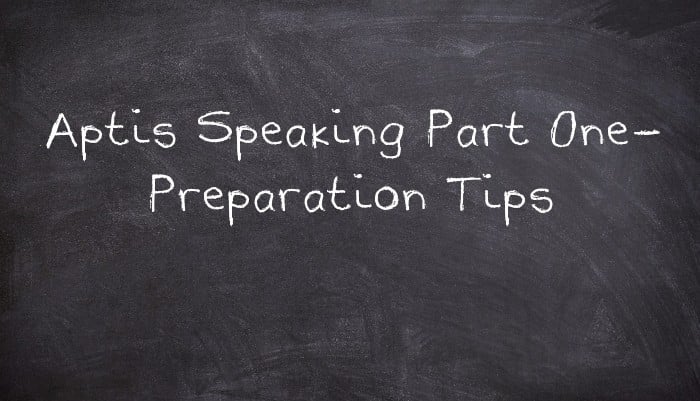

This time, the text will be longer and there will be 7 gaps to fill with the choice of 10 words in total (you do not need to use 3 words). Similar to part 1, part 3 is another gap fill but a bit more complex. However, if the story is starting with some information about the person later in their life, then it is likely that there will be extra information about the first sentence before starting with when they were born. If the first sentence is “when they are born”, then develop the story through the ages. Life structure (generally, school comes before work, work is before retirement).Completed information (is the sentence complete without anything extra needed?).Numbers they give for instance, the year or age of the person.The story can only be completed in one way, so look out for clues that will help you link it all together such as………. The subjects are various, however, it’s generally about a famous person, story or a great invention. The first sentence will be given to you, then you have to reorder and piece together 6 other sentences to conclude the story. Part 2-Aptis reading examįor this part, you will be asked to complete a story. Once you have filled in all of the gaps, Reread it through to check that it all makes sense and you are happy with your choices. For higher level students, the answers will be obvious. You need to fill in each gap with a choice of 3 words- a,b or c.Įach exam can vary but usually the gaps will need to be filled with the choice of: question words (who, where, how), vocabulary (plates, dishes or kitchen) and grammar (past, present and future). This part is relatively straight forward, you will read a short letter/email from a friend or family member with 5 gaps. The exam is divided into 4 parts, in each part you will face a different style of reading, which will challenge your reading skills as well as your organisation expertise and understanding of the texts. The structureĪltogether you will have to answer 25 questions, there will be 30 minutes to do this. Once finished, you will be awarded a CEFT which will state your overall level. The exam will begin with lower level questions (A1-A2) and as you go through the exam, it will increasingly rise to the higher level (C1). Although it has some similarities to other exams it does, however, have many differences also. This is an online proficiency test that requires many different and alternative skills to pass each exam. But, what is Aptis? The best description would be that it’s an assessment tool by the British Council that tests all of your language skills for all levels. With more and more students looking to pass the required level for various of reasons, they are now turning to Aptis to achieve this.
APTIS WRITING TRAINING TIPS HOW TO
Together, we will go through all the parts of the reading exam while finding out how to achieve the best possible marks and with helpful tips along the way. Your response for Academic Writing Task 2 will need to be in an essay format.Are you taking an Aptis exam soon? Or thinking about doing so in the future and looking for some advice? Then this is the perfect place for you. You might be asked to, agree or disagree with a point of view or argument, discuss two opposing views, write about the advantages or disadvantages of a topic, or explain a given problem, or the cause of a problem and offer a solution. The topics can range from the environment to immigration, culture, and even technology. In Academic Writing Task 2, you will be presented with a point of view, argument, or problem. Make sure you organise your response into three main parts, the introduction, an overview and the main features supported by figures from the diagram. In Academic Writing Task 1, you will be shown a visual representation of information a graph, table, chart or diagram, and you are asked to summarise, describe or explain the information you see. The questions in the Academic Writing test are different to those in the General Training Writing test. The IELTS Academic Writing test is made up of two tasks, Writing Task 1 and Writing Task 2.


 0 kommentar(er)
0 kommentar(er)
